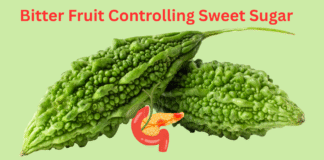Spermidine, the most abundant natural polyamine in all living organisms, is responsible for cellular homeostasis. Its intracellular concentration declines with age and its supplementation has also been shown to increase the survival of human immune cells and reduce age-related mortality. Spermidine is linked to survival due to its capability to restore or induce autophagy. Autophagy, a key to longevity, is a natural process that assists in breaking down and recycling damaged parts of a cell and thus prevents intracellular accumulation of toxic debris. The removal of these toxic entities by autophagy provides protection against aging, cancer, cardiovascular diseases and neurodegeneration.
Since spermidine from dietary sources is readily resorbed and distributed in the body without undergoing degradation, food with high spermidine content could enhance its bioavailability. Spermidine-rich foods include unprocessed plant foods such as mushrooms, fresh green peppers, wheat germ, cauliflower, broccoli and also fermentation products such as natto or cheese. An epidemiological research study has depicted a positive correlation between dietary spermidine and human lifespan. For the study, around 800 participants with age of 45–84 were selected and their spermidine intake was assessed (based on their diet) every five years for 15 years. Lower incidence of diseases and higher survival rate were observed among participants with higher dietary spermidine irrespective of age, sex, body mass index, diet quality and physical activity. Similarly, in another study comprising around 1800 participants age of 39-67 years, the correlation of high dietary spermidine uptake with reduced mortality has been established.
For further reading
- Higher spermidine intake is linked to lower mortality: a prospective population-based study
- Spermidine: a physiological autophagy inducer acting as an anti-aging vitamin in humans?
- Spermidine is essential for fasting-mediated autophagy and longevity
- The association of dietary spermidine with all-cause mortality and CVD mortality: The U.S. National Health and Nutrition Examination Survey, 2003 to 2014




